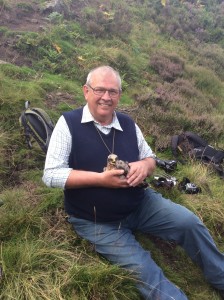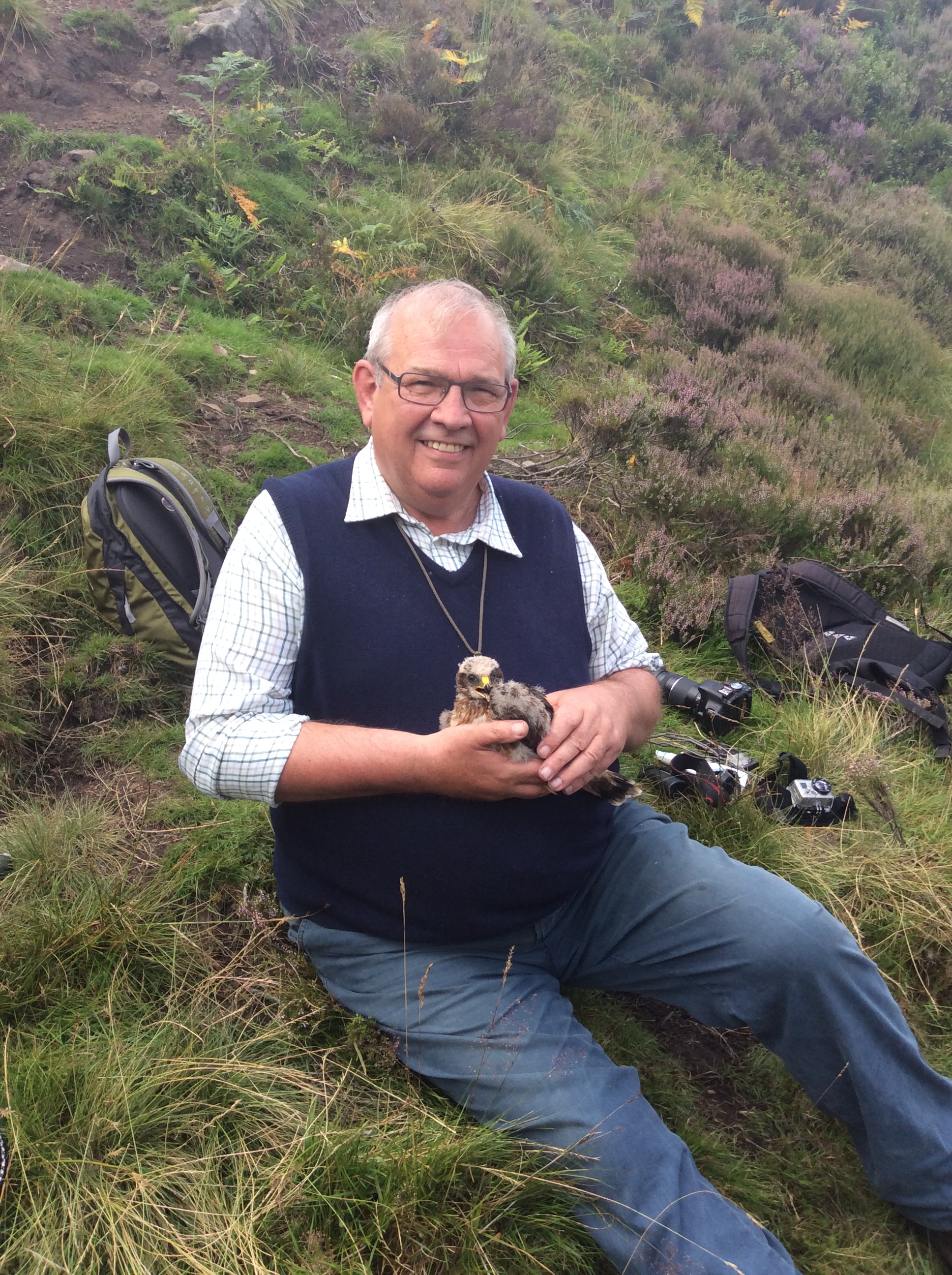 The British Association for Shooting and Conservation, CLA, Countryside Alliance, Game & Wildlife Conservation Trust, The National Gamekeepers’ Organisation, and the Moorland Association all want to see more hen harriers nesting in England and are calling for Defra to implement a plan for their recovery across England.
The British Association for Shooting and Conservation, CLA, Countryside Alliance, Game & Wildlife Conservation Trust, The National Gamekeepers’ Organisation, and the Moorland Association all want to see more hen harriers nesting in England and are calling for Defra to implement a plan for their recovery across England.
A series of events has been planned across the country to raise awareness of the low breeding success of hen harriers in England.
Last year there were just four breeding attempts, all on or adjacent to moorland managed for red grouse, with 16 chicks fledged.
This year nesting attempts saw a 300 percent increase to 12 nests. Six of these were successful in Durham, Cumbria, Northumberland and Lancashire with 18 chicks surviving.
Grouse moor managers played a significant role in this year’s success by protecting nests. Four of the successful nests were on or adjacent to moorland with grouse shooting interests. But despite this welcome news, the organisations say more needs to be done.
Amanda Anderson, director of the Moorland Association, speaking for the group of organisations said:
“All of the organisations welcome the spotlight on harriers and we condemn wildlife crime. Everyone needs to keep building on this year’s improvement to springboard a wider recovery.
“Severely cold and wet weather has been awful for all wildlife trying to breed on the moors this year leading to a lack of prey. Early in the season, male harriers did not return to nests causing females to abandon eggs in search of food. Nesting attempts later in spring did better, but one nest of chicks was eaten by stoats while another brood was found dead at the nest just days after satellite tagging. Six nesting attempts, of which only one was successful, were all in a very small area of Bowland managed for red grouse.
“There is a draft six-point, Defra-led Joint Recovery Plan which we wish to see published and implemented. This would offer a mechanism to guarantee chick safety and spread the nests to avoid a colony forming in one location. Not only would this reduce the impact on ground nesting birds on which they prey, especially red grouse, but also protect against local dangers, like poor weather and predation.
“If implemented, the plan would see the growth of a sustainable population of hen harriers across their former English range, without jeopardising driven grouse shooting or the environmental, social and economic benefits it delivers.”
Three parts of the recovery plan tackle wildlife crime against the birds and three parts ensure a sustainable, well dispersed growth of the harrier population. A key element, nest management, is taken from tested conservation techniques where some chicks are reared in an aviary and released six weeks later into suitable habitat.
Mrs Anderson added: “The sooner the recovery plan is published and implemented, the sooner people will be able to see hen harriers ‘skydancing’ in their nearest suitable habitat. Gamekeepers are very much a part of this solution, providing habitat, prey and protection from predators.”
She added £52.5 million was invested annually by owners on moorland conservation and protection and warned of the dangers of putting grouse shooting at risk.
“In the late 1990s, driven grouse shooting and habitat management stopped in the Berwyn Special Protection Area in North Wales which then saw serious declines in bird species,” she said. It’s a stark warning!”
“Despite its conservation designations, lapwings became extinct, golden plover declined by 90 percent, curlew by 79 percent, black grouse by 78 percent and ring ouzel by 80 percent.
“The number of hen harriers, whose decline has frequently been blamed on moorland gamekeepers, fell by 49 percent after the management for red grouse was abandoned and gamekeepers lost their jobs. We need to focus on win-win solutions, not lose-lose scenarios.”
Key Facts:
The hen harrier, Circus cyaneus, occurs in 87 countries in the northern hemisphere, breeding in a full range of habitats from cereal crops to tree tops, with a population of 1.3 million individuals.
The hen harrier, as its name suggests, used to also be a bird of lowland Britain, predating poultry.
Its preferred habitat in England has been reduced to undisturbed areas of moorland with abundant prey and nesting cover. It eats voles, meadow pipits and moorland birds like grouse and waders.
On moorland it nests on the ground, making eggs and chicks and the nesting birds vulnerable to predation by foxes, stoats, ravens, eagle owls, marsh harrier and peregrine.
Legal predator control by moorland keepers affords protection to nesting harriers.
For the first time in 16 years harriers failed to successfully fledge young on Skye this year due to bad weather and predation. There are no driven grouse shooting interests on Skye.
Land managed for red grouse offers about half of the suitable habitat for harriers in England.
According to Government’s Conservation Framework for Hen Harrier, there are three minimum criteria for favourable conservation status of the Hen Harrier in England.
Chicks fledged per nest: 1.2
Density of nests: 1 per 47 km2
Suitable habitat occupied: 44% of 6636km2
In England, 62 breeding attempts on suitable habitat fledging 1.2 chicks per nest is the threshold for favourable conservation status.
Breeding success in England this year has exceeded the first important threshold of 1.2 chicks per nest for population growth.
Photo caption: Phil Gunning, grouse shooting tenant of United Utilities Bowland Estate, with one of last year’s hen harrier chicks.
